If you are you looking for a way to engage customers in a fun and playful way, then in this post, I’ll try to explain, why Gamification can be an effective strategy in marketing that can help you do just that. To be even more concise, to help you increase customer engagement, loyalty, and satisfaction.
I’m Blaž and I’ve been running Escapebox a boutique gamification agency in Ljubljana, Slovenia for five years. We’re helping businesses and organizations design and implement gamification solutions to improve their performance, engagement, and outcomes.
Our team has worked with over 50 clients from all across Europe. I’ve always been curious on how fun activities can drive behavior and learning, so I’ve been experimenting with different gamification techniques and strategies.
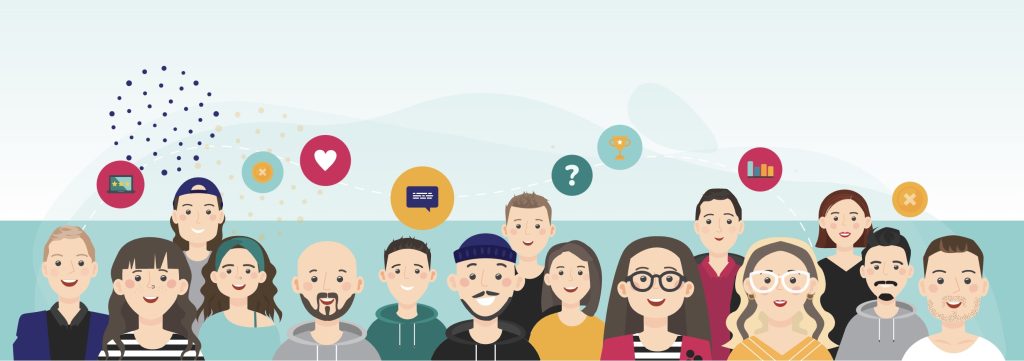
By creating levels, rewards, incentives, and data-driven personalization techniques, businesses can cultivate a more interactive relationship with their customers – making them feel valued, and creating an experience they’ll want to come back to again and again.
In this post, we will explore how to use gamification to boost customer engagement and maximize business success.
👾 What is gamification in marketing and how it can help you engage your customers?
Gamification is an increasingly popular marketing tool that companies are using to engage customers and boost business growth.
It combines game elements – such as levels, points, rewards and incentives – into digital experiences, making them more fun and engaging for users.
By leveraging these strategies, companies can keep users coming back for more and drive up their sales. In this article, we will discuss the benefits of using gamification in marketing, as well as how to design levels and points, create rewards and incentives, personalize the experience with data, and test and evolve your strategies for success.
To understand why gamification works so well as a marketing tool, it’s essential to understand the psychology behind it.
Research shows that humans have an innate desire to compete and be rewarded for their achievements. By incorporating game elements into customer experiences, companies create a sense of competition among users and provide them with tangible rewards for taking specific actions.
This encourages users to remain engaged with the product or service, which increases customer loyalty and leads to higher sales revenue.
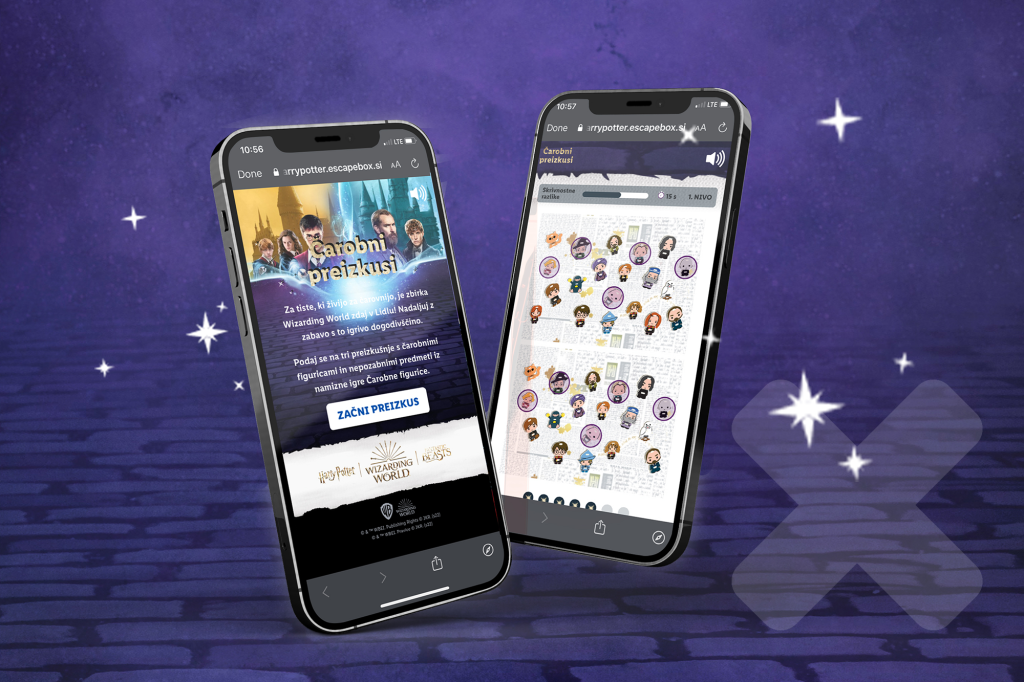
In addition to providing psychological benefits, gamification is used to help companies generate valuable data to personalize customer experiences in real-time and target them with relevant offers.
By taking advantage of the powerful effects of gamification, companies can increase customer engagement, boost loyalty rates, collect valuable data on user preferences, and ultimately drive more revenue over time. In the following sections of this article, we will discuss further how to design levels and points systems, create rewards and incentives for customers, personalize the experience with data, and test and evolve gamification strategies for success.
🕹 The Benefits of Using Gamification
Gamification is a powerful tool for engaging customers and increasing loyalty. By adding game-like elements, such as leaderboards, levels and points, companies can make interactions with their product or service more fun and motivating.
This drives users to come back more often, helping to create loyalty and repeat customers. Moreover, gamification helps build a stronger emotional connection between the user and the product or service, further strengthening customer satisfaction.
What are the key benefits gamification can have on your marketing?
- Gamification can be used in marketing to drive leads, conversions, and sales.
- By offering rewards, businesses can create incentives for potential customers to take action, such as making a purchase.
- Data-driven gamification strategies can be used to personalize the experience and increase the likelihood of converting leads into customers.
- To effectively use gamification in marketing, businesses should prioritize creating an enjoyable user experience that encourages interaction and engagement.
- Design elements like levels, points, rewards, and incentives can motivate users to participate in activities that support business goals.
- Businesses should pay attention to user feedback to continuously test and evolve their gamification strategies.
To outline, gamification in marketing is an effective way to increase engagement with a product or service by creating interesting experiences for users that incentivize activity.

Utilizing these strategies can lead to improved customer loyalty and satisfaction as well as better lead generation and higher sales conversion rates.
🎯 How to design Levels and Points in Gamification marketing?
Designing levels and points is an effective way to encourage users to engage with your product or service. The number of levels and points is defined based on the type of activity and the desired outcome.
For example, if you want to incentivize users for sharing posts on social media, then you may offer more points for higher numbers of shares or likes. Additionally, each level should build on the progress made in the previous one and offer rewards for achieving higher levels. This can help create a sense of accomplishment and make it more enjoyable for users to continue engaging with your product or service.
Earning points can be integrated into existing activities to incentivize engagement even further.
For instance, users can earn points by sharing posts or completing surveys. To ensure that users remain motivated, you should adjust the number and difficulty of levels to increase the difficulty as they progress. This helps keep the game interesting and makes sure that customers are challenged while they progress through the different levels.

Providing rewards and incentives is another important component of a successful gamification strategy. Rewards should be provided for reaching certain levels, such as discounts for products or services, early access to new features, or exclusive content.
Incentives are motivating users to complete tasks or activities that generate value for them and for your company, such as referring a friend or writing reviews.
When designing your gamification strategy, you should consider how rewards and incentives could be used to enhance user engagement and reward loyal customers.
🏆 Rewards and Incentives
Implementing rewards and incentives are essential for making gamification an effective engagement strategy. By offering rewards, businesses can make customers feel motivated to reach their goals, as well as incentivize them to stay engaged longer.
An example of a well-designed reward system is a loyalty program. Through this type of system, customers accumulate points for each purchase or interaction which are then redeemed for discounts or special offers.
It’s important that businesses tailor their rewards to fit the needs and interests of the target customer. For example, if customer data indicates that a certain group of customers values convenience, then businesses should offer rewards that could help make tasks more convenient.
Rewards should be tailored to match the customer’s level of commitment in order to keep them engaged with the product or service.
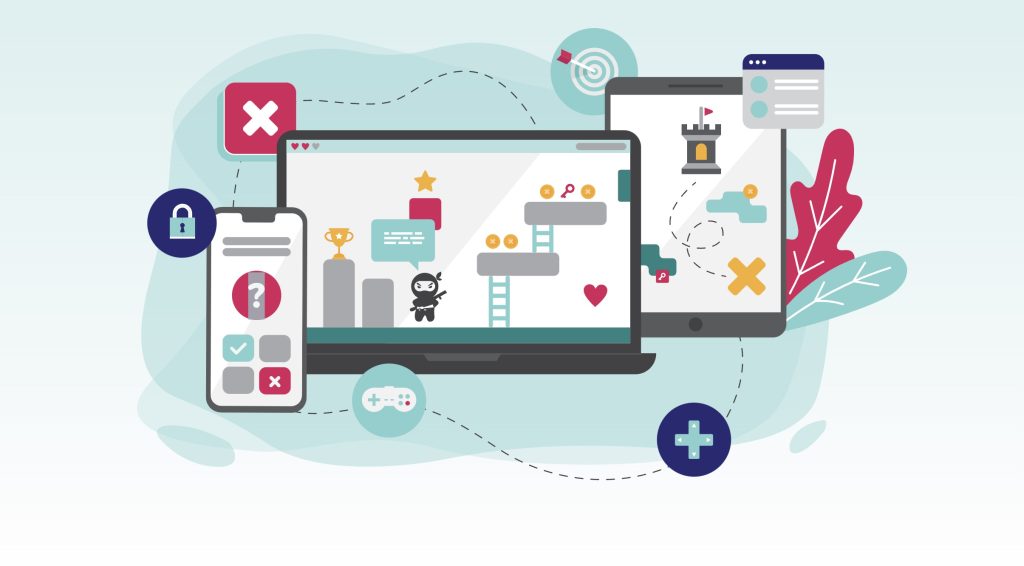
Different types of rewards can be used, such as tangible items, discounts, exclusive offers, and even access to exclusive content or experiences. Tangible items can include products from the business’s own inventory or partner companies, while discounts and exclusive offers can increase the value of any purchase or engagement for the customer.
Additionally, access to exclusive content or experiences can create an incentive for customers to stay engaged and return on a regular basis.
When it comes to rewarding customers, businesses need to ensure that their reward system is robust enough to keep users interested over time.
This means regularly introducing new rewards and rethinking existing ones in order to keep things fresh and engaging. Additionally, businesses should consider offering bonuses or seasonal discounts in order to draw attention and motivate customers. With these strategies in place, businesses will be able to create an effective rewards system that will help keep customers engaged with their offerings.
💁♀️ Personalizing the Experience with Data
Data is key when it comes to personalizing the gamification experience. By leveraging data from customer profiles, companies create an individualized experience, tailored to each user’s needs and interests.
This can not only make the overall experience more engaging but also help increase retention rates for longer-term players. Analysis of customer data can give companies interesting insights.
For example: Which elements of their game design are most successful in capturing users’ attention? And what motivates them to continue playing or making purchases?
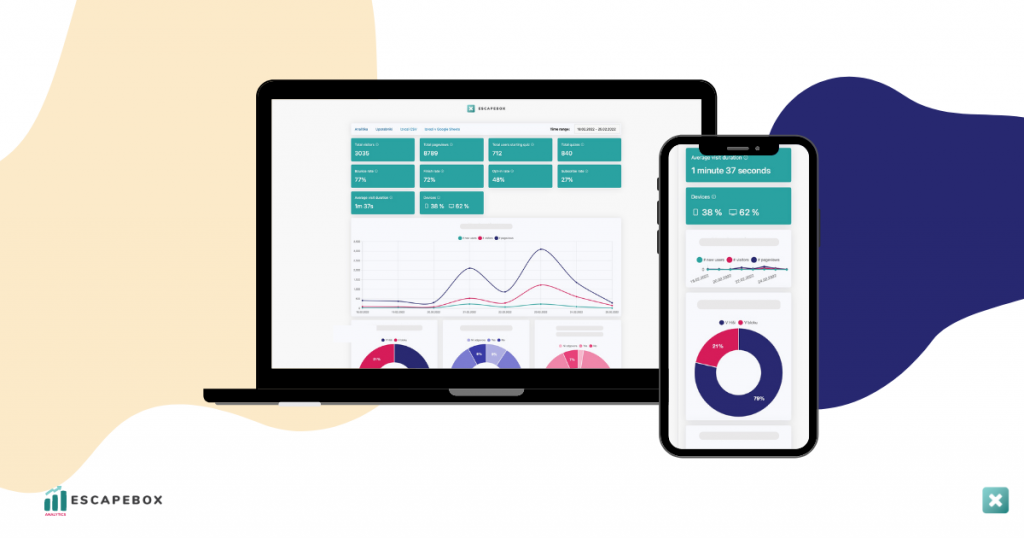
Analyzing and leveraging user data can also help tailor experiences to individual users. You can use Data from past games and surveys to better understand user preferences. And then segment users based on their likes and dislikes.
With this information, marketers can create more customized levels, rewards, and incentives that specifically target particular groups of users.
For example: if a game discovers that one group of users responds better to puzzle-based challenges than others, then they could create additional puzzles with special rewards for those players.
Furthermore, companies can use predictive analytics to anticipate how players might respond to certain incentives or rewards, further enhancing engagement. Also:
- Combining AI technologies with gamification can create a unique and engaging customer experience.
- AI algorithms can analyze customer behavior in real time and adjust the game’s difficulty level to keep players engaged.
- AI can be used to generate personalized rewards that are tailored to each player’s interests and preferences.
- Make decision on data and measurement of the effectiveness of different game elements and optimize the strategy over time.
- By collecting feedback from users, marketers can identify areas for improvement and make changes to keep players coming back.
- Tracking metrics such as completion rates and playtime can provide insights into the success of game elements in driving engagement and retention.
- Use data to evaluate the impact of rewards and incentives on player behavior and fine-tune the strategy.
By utilizing data strategically throughout the gamification process, companies can build a personalized gaming experience that resonates with the audience.
📈 The Importance of Testing and Evolving Strategies
Testing and evolving your gamification strategy is essential for maintaining customer engagement over time. Experimentation with different approaches will provide you with the necessary insight to improve the overall user experience.
Furthermore, it’s important to continually review the results of your efforts and tailor the approach in order to maximize engagement. As such, it’s critical to keep track of the data associated with your gamification strategy, such as user activity and conversion rates, in order to understand how successful your approach has been.
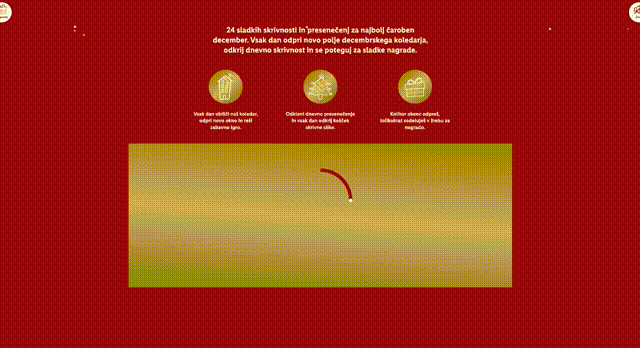
Continual experimentation is key to creating a successful gamification program. Try out new rewards, incentives, and game design mechanics. That way you can gain invaluable data on what works best for your customers.
We use that data to optimize the overall experience and increase user engagement.
📣 Review feedback
Additionally, it’s important to review the feedback from users.
That way you determine whether or not they are responding positively or negatively to any changes that you make. This information can help inform future changes in order to ensure maximum engagement.
Not only is testing essential for obtaining valuable data, but it also helps keep things interesting for customers. As customer interests shift over time, so too should your strategies for boosting engagement. Constant evaluation allows you to adjust your approach accordingly and cater to those changing tastes.
Furthermore, if users become dissatisfied with their experience – due to a lack of novelty or incentive – they may abandon your product or service altogether in favor of something else.
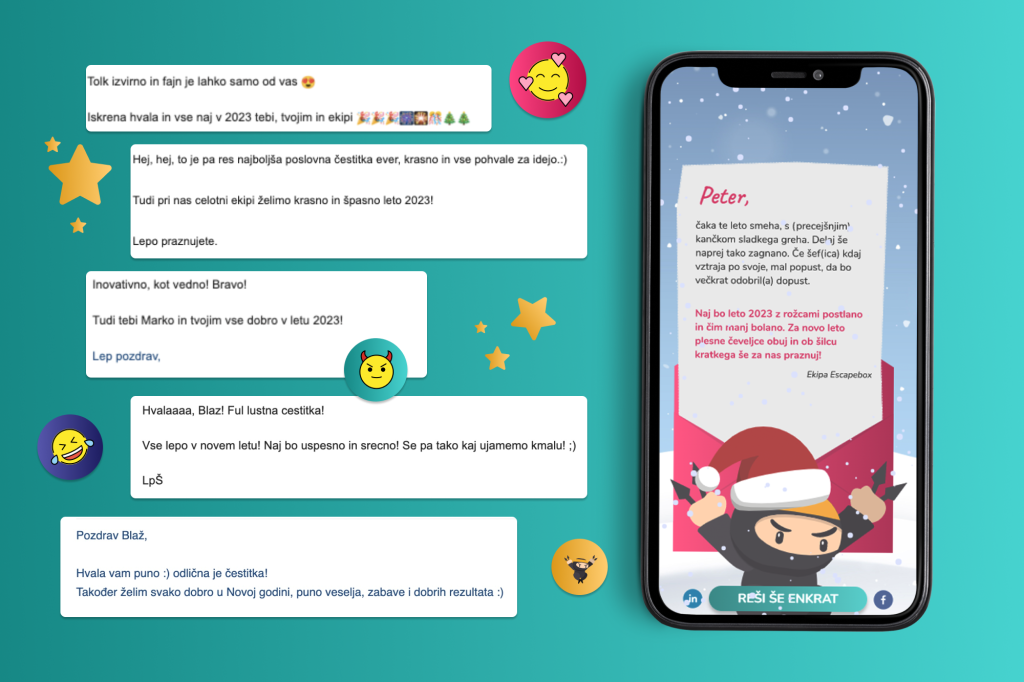
In conclusion, testing and evolving your gamification strategies is an important part of ensuring long-term customer engagement. You must constantly experiment with different approaches and collect data on user activity and responses.
That way you can create a strategy that maximizes engagement with customers and keeps them coming back for more.
🏁 Closing arguments for Gamification in marketing
In conclusion, gamification can effectively engage customers, increase loyalty, and boost sales. Trust me, I’ve seen it in action.
Design levels and points, provide rewards and incentives and personalize the experience with data. That way you can make your product or service a lot more fun and engaging.
Not only will gamification help to differentiate you from your competitors. It will also help to build trust in your brand.
However, it is important to continuously test and evolve your strategies to ensure that they remain relevant and interesting. This process will help you to learn what works best for your brand and what resonates with your target audience. By doing this, you can maximize the effectiveness of your gamification strategy and ensure that you’re getting the most out of it.
So if you’re looking for a way to boost engagement and loyalty with your customers, consider using gamification.
Gamification is an effective strategy to increase engagement with customers and make it more enjoyable. By creating levels, points and incentives, it is possible to motivate customers to interact with your product or service.
Additionally, data is to provide personalized experiences for customers.
Finally, it is critical to continuously test and refine your strategy to ensure it remains effective. Ultimately, gamification is a powerful and fun way to engage customers and grow loyalty.
But you should also have fun doing and tweaking it!
